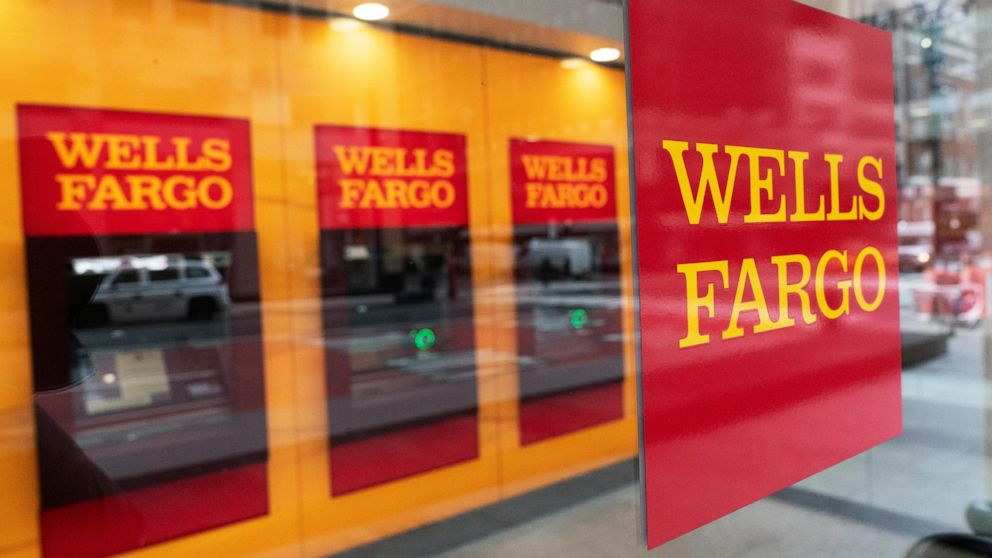Wells Fargo has agreed to a pay $1 billion to settle a lawsuit filed by its shareholders who alleged the bank made misleading statements about its compliance with federal regulators after a fake account-opening scandal came to light in 2016.
The class-action lawsuit was filed on behalf of hundreds of thousands of public employees of Rhode Island and Mississippi whose retirement funds had invested in Wells Fargo. A federal judge in New York on Tuesday granted preliminary approval of the settlement that was filed late Monday.
Wells Fargo has been sanctioned repeatedly by U.S. regulators for violations of consumer protection laws going back to 2016, when employees were found to have opened millions of accounts illegally in order to meet unrealistic sales goals.
In addition to inflating sales figures that boosted the company’s stock, the actions by Wells’ employees caused damage to customers’ credit scores and cost some of them money in fees.
San Francisco-based Wells remains under a Federal Reserve order forbidding the bank from growing any larger until the Fed deems that its internal oversight problems are resolved. That order, originally enacted in 2018, was expected to last only a year or two.
Since then, executives repeatedly boasted that Wells was cleaning up its act, only for the bank to be found in violation of other parts of consumer protection law, including in its auto and mortgage lending businesses.
The shareholder lawsuit related to the settlement announced Tuesday alleged that between May of 2018 and March of 2020, the bank and its senior executives “repeatedly told investors that regulators were satisfied with the bank’s progress under the consent orders and that the asset cap would be timely removed.”
However, federal regulators did not lift the cap, and more scandals surfaced.
In a statement about the settlement Tuesday, Wells Fargo said, “While we disagree with the allegations in this case, we are pleased to have resolved this matter.”
Last last year, Wells agreed to pay $3.7 billion to settle charges that it harmed customers by charging illegal fees and interest on auto loans and mortgages, as well as incorrectly applying overdraft fees against savings and checking accounts.
Since the fake accounts scandal came to light in 2016, Wells has paid out billions in fines to state and federal regulators, reshuffled its board of directors and seen two CEOs and other top-level executives leave the company. Wells Fargo’s reputation has never fully recovered from the sales scandal.
Before the scandal, Wells Fargo was considered to have a sterling reputation among the big banks. But behind the scenes, Wells’ top management was pushing sales goals that were both aggressive and unrealistic.
Shares in Wells Fargo ended Tuesday down about 1% at $38.39, approaching 2023 lows.




